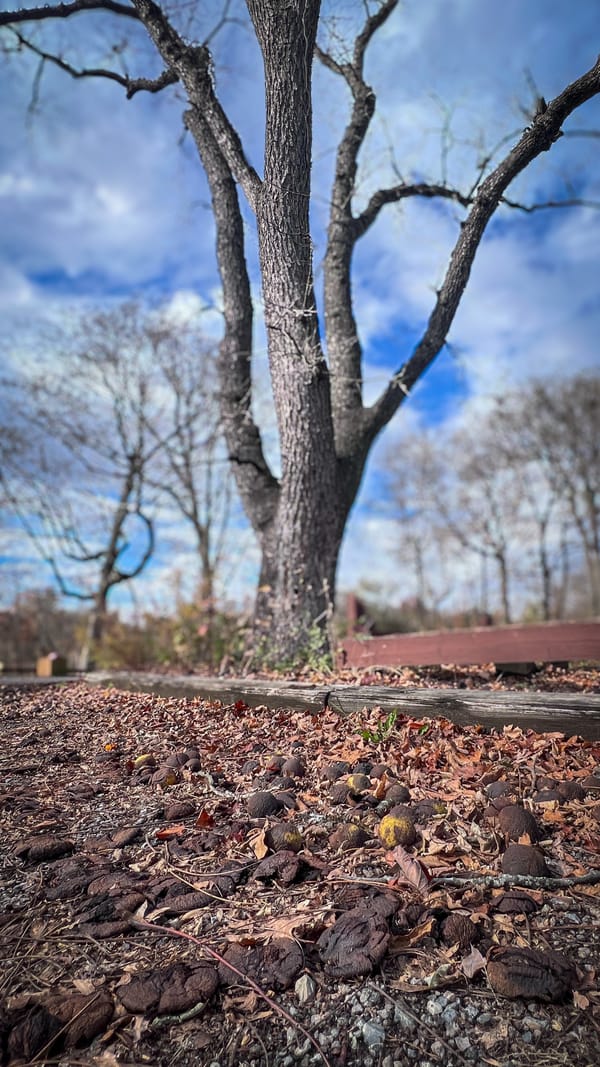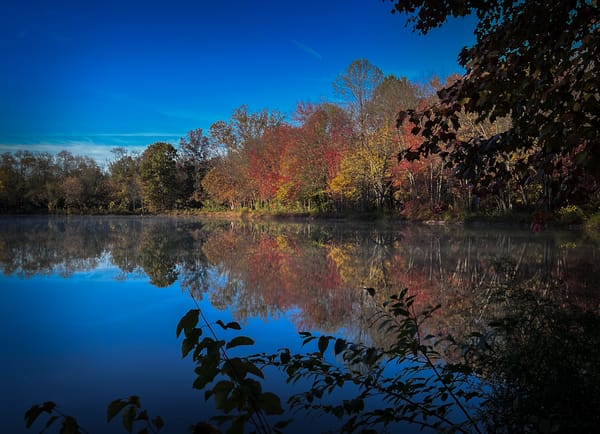Landfill to Park
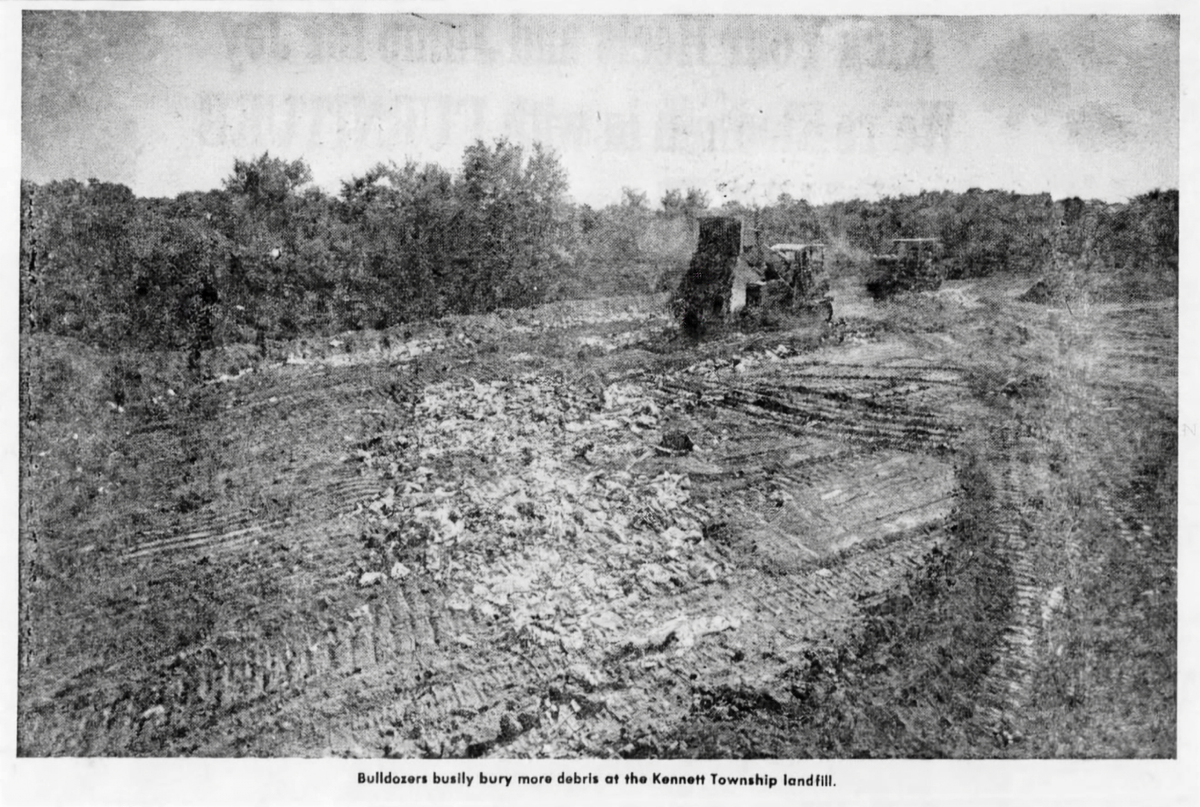
This is a chapter in an occasional series about the history of Anson B. Nixon Park.
Other entries
At the Foot of the Mountains
Waterworks
Somehow just over thirty years have passed since the idea of a park became an actual park. There were times it wasn't clear whether any of this would happen, and the process was neither straightforward nor free of conflict. I do think the people involved had the best of intentions even when they did not have the best of plans.
As it turned out our community park wasn't going to be handed to us; we had to roll up our sleeves and create it. It took many people, decades of fundraisers, Eagle projects, volunteerism, and goodwill to bring our park to life. That same spirit will continue to support the concerts, family gatherings, festivals, and community events that make our town feel like home.
In 1968 the Kennett landfill, operated by the Southeastern Chester County Refuse Authority, or SECCRA opened on what is now the Tino Lito Fields off North Walnut Street. The landfill reached capacity and was closed in 1977. Anson B. Nixon the volunteer chairman of SECCRA said 'when we close this landfill, let's make a park out of it'.
His daughter Nicky Ellis promised her father she would see it through and along with others like Rudy Steinberger (a Kennett Square resident and community activist), began talking about a park in the late 1970's.
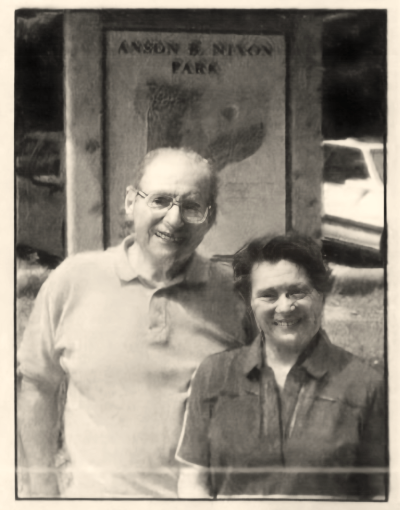
Kennett Township and the Borough of Kennett Square formed the Kennett Area Park Authority, or KAPA, in 1988. By then over 100 acres of land had been accumulated through donations and grants. Township and Borough officials supported the park idea as long as it could be done without taxpayer funds.
The initial plan was to sell off about 25-30 acres for residential and commercial development to raise the projected cost of $1.2 million, and establish an endowment fund.
These plans were threatened by the very nature of the site – a former landfill. Environmental testing and getting clear results was taking longer than expected and fears of possible liability related to contamination were growing.
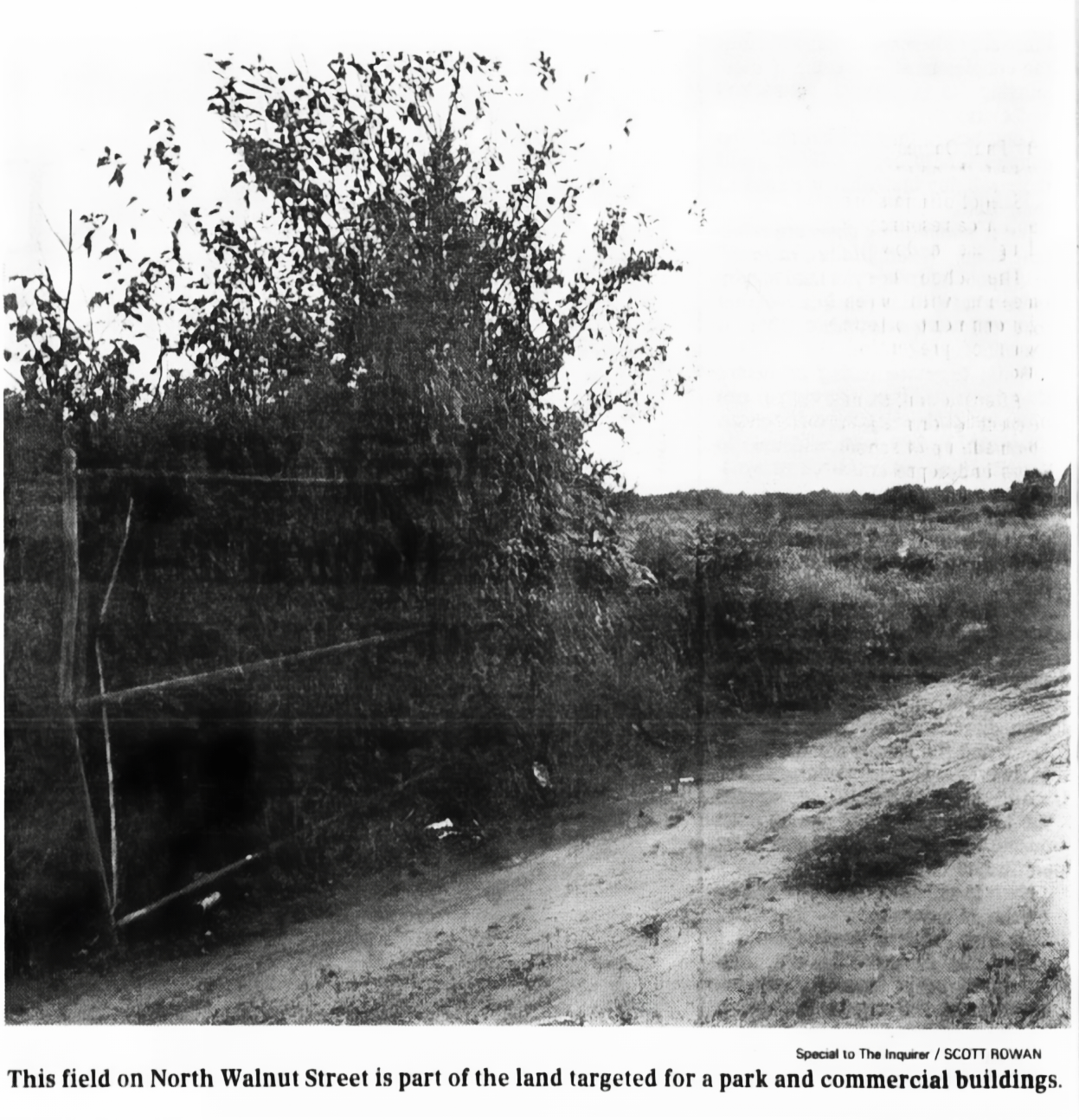
In response to these fears and funding shortfalls KAPA shrank the initial plan.
They also decided to sell off more land for development (nearly 40% of the would-be park) and scrapped the endowment plan.
These changes caused considerable opposition from residents who formed an organization named Kenparc (led by Jack and Kay Massau). They attended KAPA meetings to protest the potential loss of natural resources and the plan to sell nearly half the park.

With input from about 20 Kennett area residents and local experts Jack Massau created a report presenting the community's concerns and proposing changes to curb land sales.
The KAPA plan involved selling some of the land to an associate of the KAPA chairman to construct townhouses. This development would necessitate cutting down a grove of beech trees, including the monumental "Kennett Beech," (estimated to be over 400 years old at the time), and 13 other beech trees, each over two centuries old.
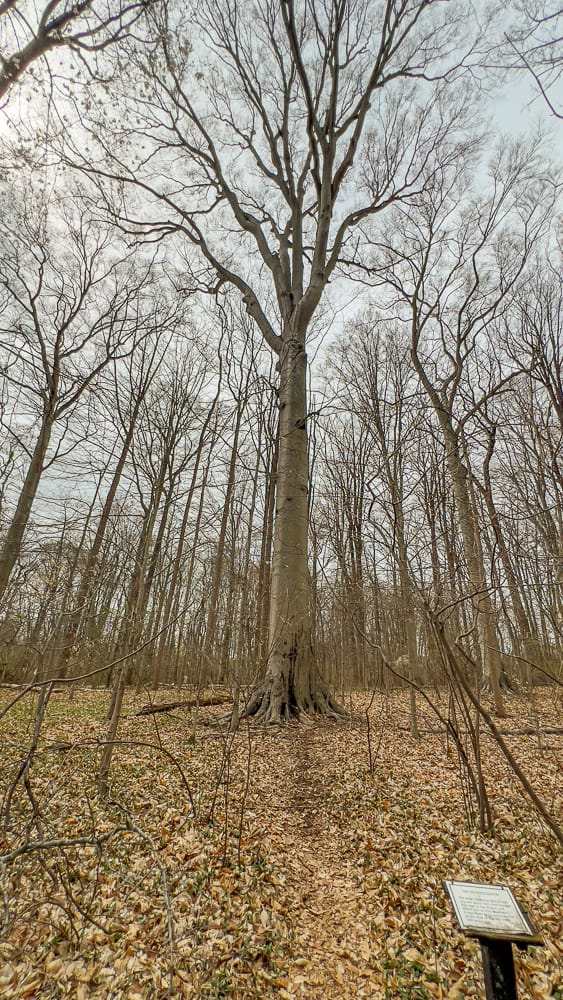
The potential loss of these historic trees became a focus of the conflict.
Kay Massau created an environmental assessment describing the significance of the area. A press interview at the time quotes her saying "It's like a cathedral…"
The Massaus' leadership resulted not only in the preservation of the beech grove but in redirecting the park's development. Their advocacy for a more conservation-oriented approach played a crucial role in shifting public opinion and influencing local government decisions.
A proposed senior housing development required a land sale from the chairman to KAPA then to the developer. This and other actions by the chairman ultimately attracted the attention of the Chester County DA who opened an inquiry in November 1991. That same month, Kennett Square Borough Council vetoed the project within its boundaries.

The intense public pressure and official pushback led to a turning point. The KAPA chairman resigned after resolving all the financial questions amicably and Rudy Steinberger became the new KAPA chairman in 1992.
Under new leadership, KAPA shifted its focus entirely. The plan to sell land for development was abandoned. The new direction emphasized preserving the natural landscape – the trees, trails, and open space. Funding now relied on grants and significant volunteer efforts.
The park's projected cost plummeted from over $1.2 million to just $167,000, covered mostly by state and county grants, plus the first injection of municipal tax money for operating costs. Community groups like KenParc organized clean-up days, removing trash and transforming the site's image from a 'dump' to a park."
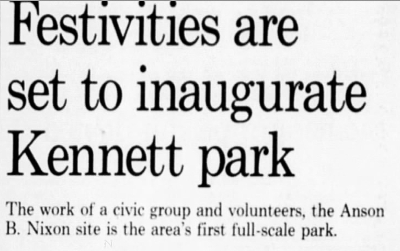
Just two years later on June 12, 1993 Anson B. Nixon Park, now encompassing over 120 acres, was officially opened. During the first few years Kennett Square mayor Charley Cramer was a key champion of the park, arranging fundraisers, coordinating volunteers. Early visitors will remember Charley mowing the grass at the park.
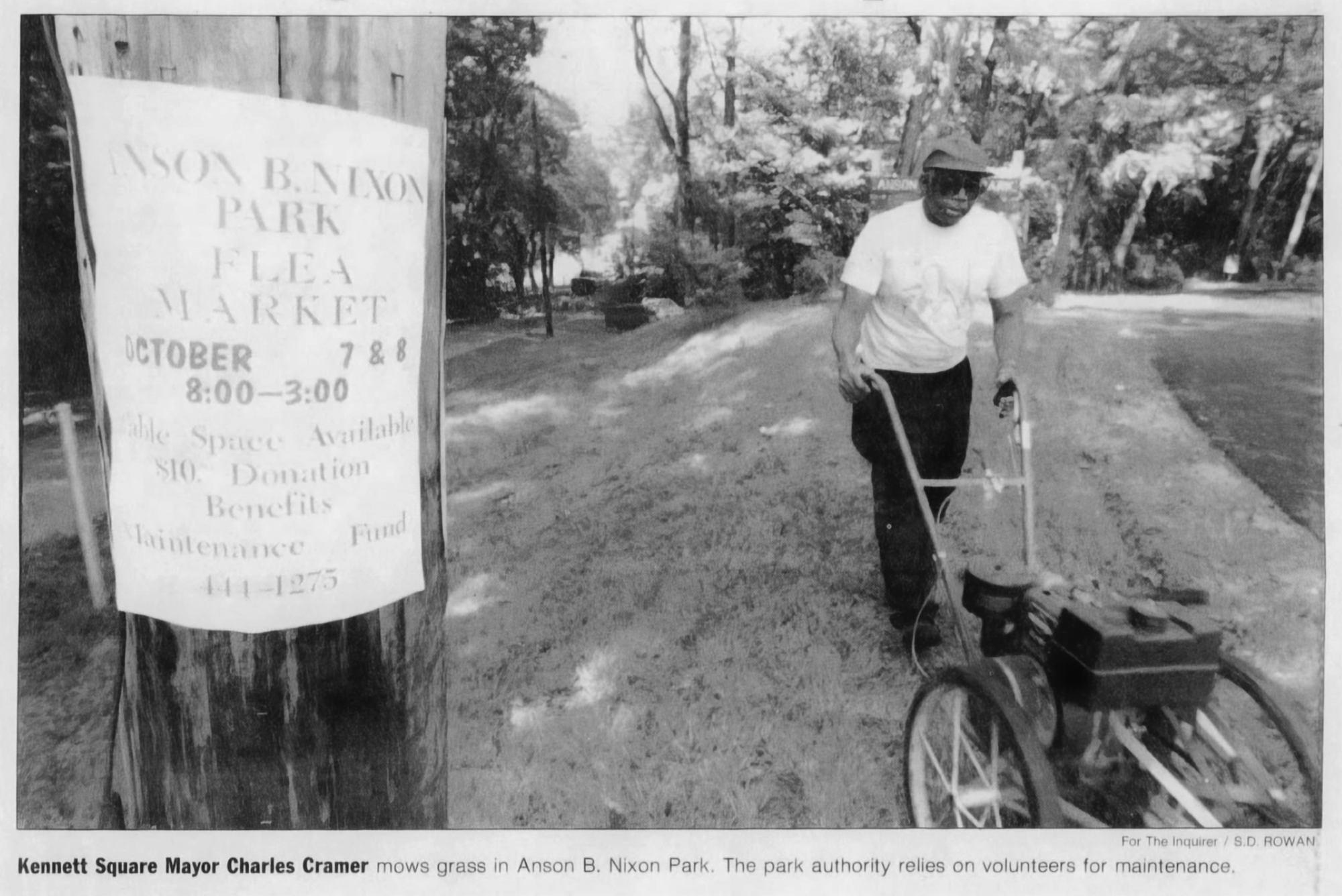
32 years later the park continues to be managed by the all volunteer board and three employees of the Kennett Area Park Authority (KAPA). About a third of the cost of maintaining the park comes from the Borough and Township, the rest comes from grants, community donations, and corporate partners.
The park attracts over 170,000 visitors annually providing opportunities for recreation, exercise, and social interaction.
If you'd like to help here's the donation page of the park's website and a volunteer application.


